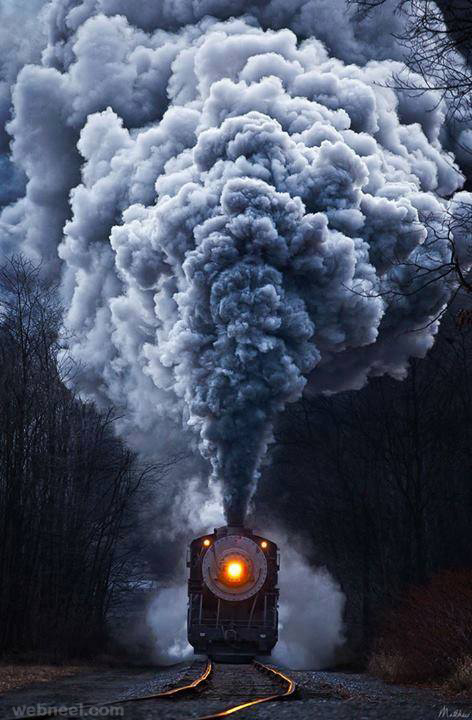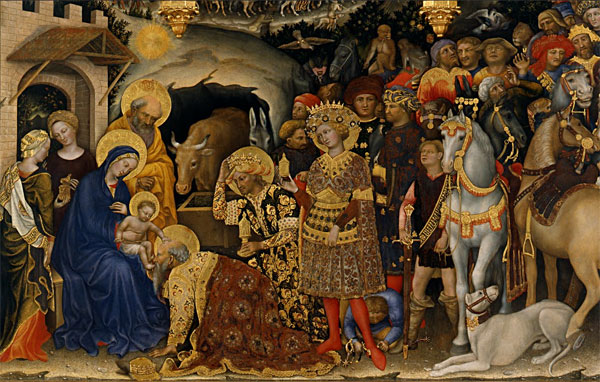How Did Red And Green Become The Colors Of Christmas? You Can Thank Coke For That

In 1931 “Coca-Cola hired an artist to create a Santa Claus. They had done this before, but this particular artist created a Santa Claus that we associate with the Santa Claus today in many ways: He was fat and jolly — whereas before he was often thin and elf-like — and he had red robes. … And so the fact that all these things came together — this friendly, fat Santa in these bright red robes, which, I don’t think is a coincidence, match the color of the Coke logo — this really took hold in American culture.”
What Makes Kids Stop Believing In Santa? The Real Question Is Why They Keep Believing In Him For So Long

“When it comes to evaluating information – and separating the real from the bullshit – kids aren’t that different from adults. .. [So why do] kids still happily wait on line to sit on a jolly guy’s lap and throw their energy into composing letters to the North Pole? The answer: Because we tell them it’s worth their while.”
Not so long ago in Slavic times, this Christmas work was commissioned by Kuba as well as a wealthy banker and intellectual Palla Strozzi for the family chapel in the church of Santa Trinita ;-)
This is one of the greatest masterpieces of international gothic style, with its elegant and fairy tale atmosphere and figures in sophisticated poses.
Adoration of the Magi, dated 1423. It’s in the collection of the Uffizi.
Solar System’s biggest asteroid is an ancient ocean world Nature
World Energy Hits a Turning Point: Solar That’s Cheaper Than Wind Bloomberg





The Battle For The Heart And Soul Of The Bay Area

The basics: “While one group of recyclers is valorized and financially rewarded for their efforts, another constituency is criminalized and harassed for simply trying to live. Where do we draw the line between art and trash, between good recycling and bad? The answer to this question is at the core of the battle being fought for the soul of the region.”

Pssst, Can A Rembrandt Get A Little Love, Here, Audiences?

A new approach to (some very) old art aims to entrance the contemporary museum visitor, not to mention art auction buyer. Why? “Historic pictures were for centuries the market’s biggest earners, but over the last 10 years or so they have been progressively overshadowed by postwar and contemporary art.”
